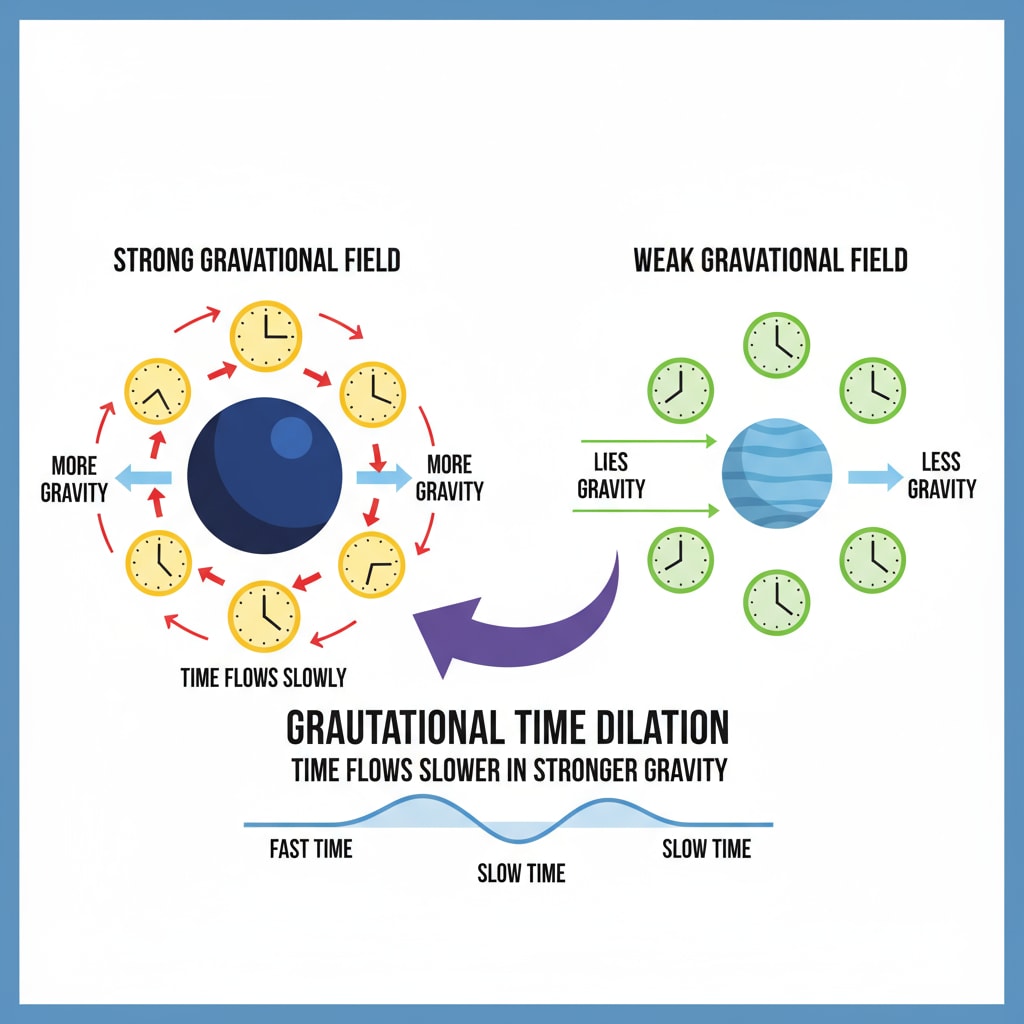Time, gravity, and relativity are fascinating yet complex scientific concepts. When it comes to teaching these ideas to K12 students, the challenge lies in making them understandable and engaging. Einstein’s theory of relativity revolutionized our understanding of the universe, especially in how gravity influences the passage of time. But how can we bring these abstract concepts into the K12 classroom?

The Basics of Relativity
Relativity, in simple terms, is about how different observers perceive space and time. Einstein’s special relativity deals with objects moving at constant speeds, while general relativity focuses on gravity. Gravity, according to general relativity, is not just a force but a curvature of spacetime. For example, think of spacetime as a trampoline. A heavy ball placed on it will warp the surface. This warping is similar to how a massive object like a planet curves spacetime. General Relativity on Wikipedia
Gravity’s Impact on Time
The concept that gravity affects time is truly mind-blowing. Clocks in stronger gravitational fields run slower compared to those in weaker fields. This is known as gravitational time dilation. To help students visualize this, we can use an analogy. Imagine two twins, one living on a planet with strong gravity and the other in space. Over time, the twin on the planet will age more slowly. This shows how gravity can literally slow down the passage of time. Gravitational Time Dilation on Britannica

In addition to theoretical explanations, hands-on activities can greatly enhance students’ understanding. For instance, students can create simple pendulum clocks and observe how they are affected by changes in height (which corresponds to changes in gravitational field strength). This hands-on approach makes the abstract concept of gravitational time dilation more tangible.
Readability guidance: By using these short paragraphs and analogies, we make the complex ideas of time, gravity, and relativity more accessible. The key is to break down the concepts and use relatable examples. In each section, we have provided clear explanations and introduced relevant external resources to further students’ learning. Transition words like ‘for example’ and ‘in addition’ help to connect ideas and make the reading flow smoothly.


